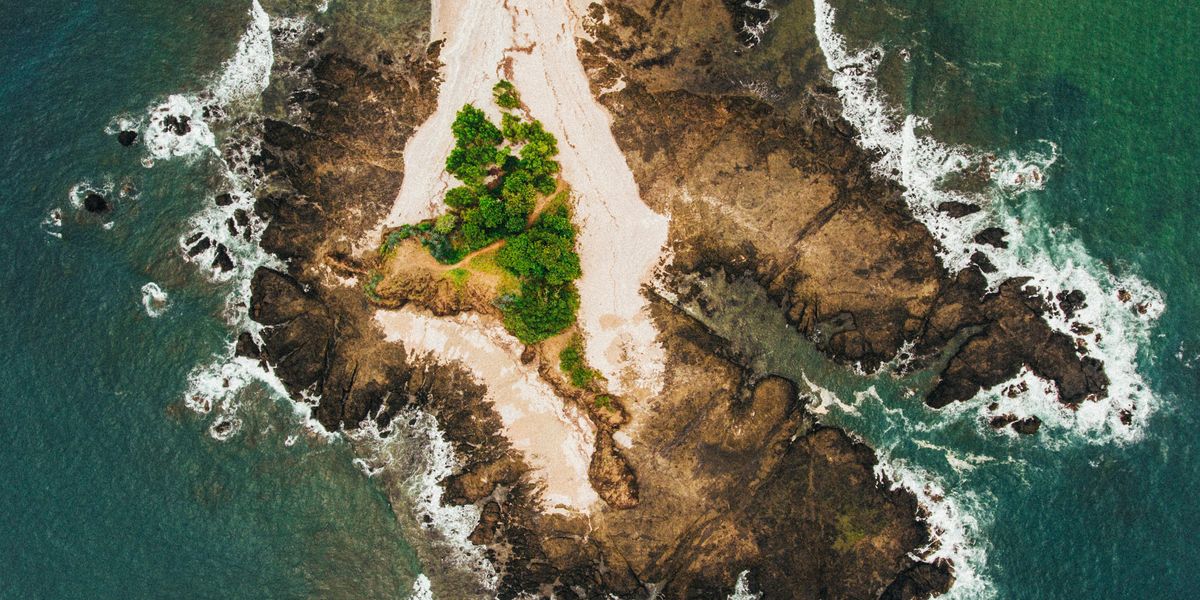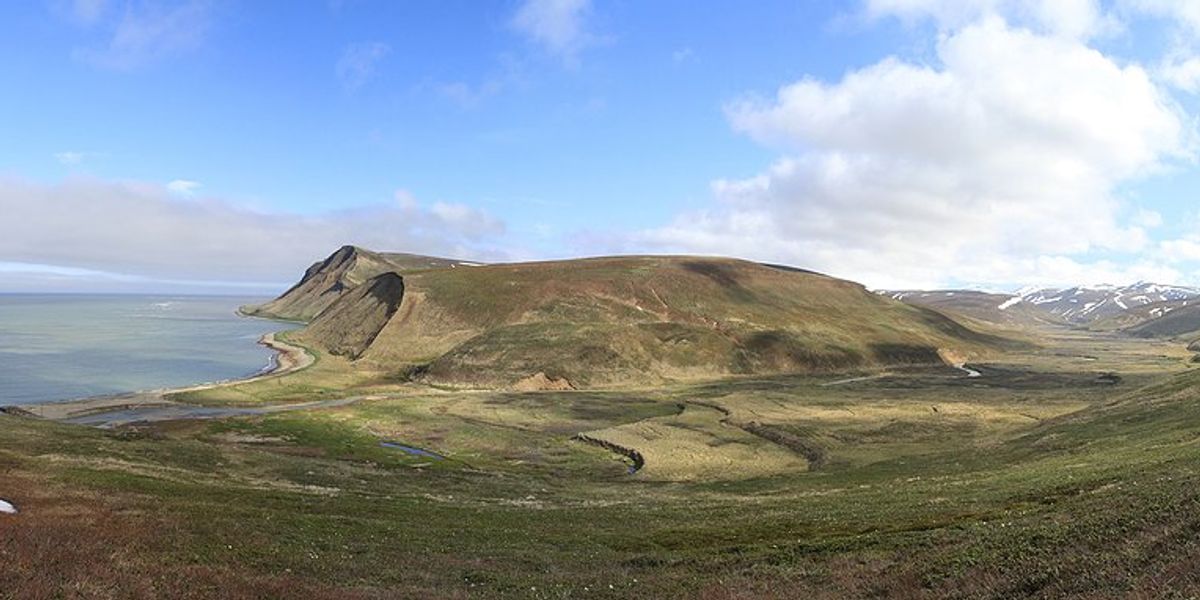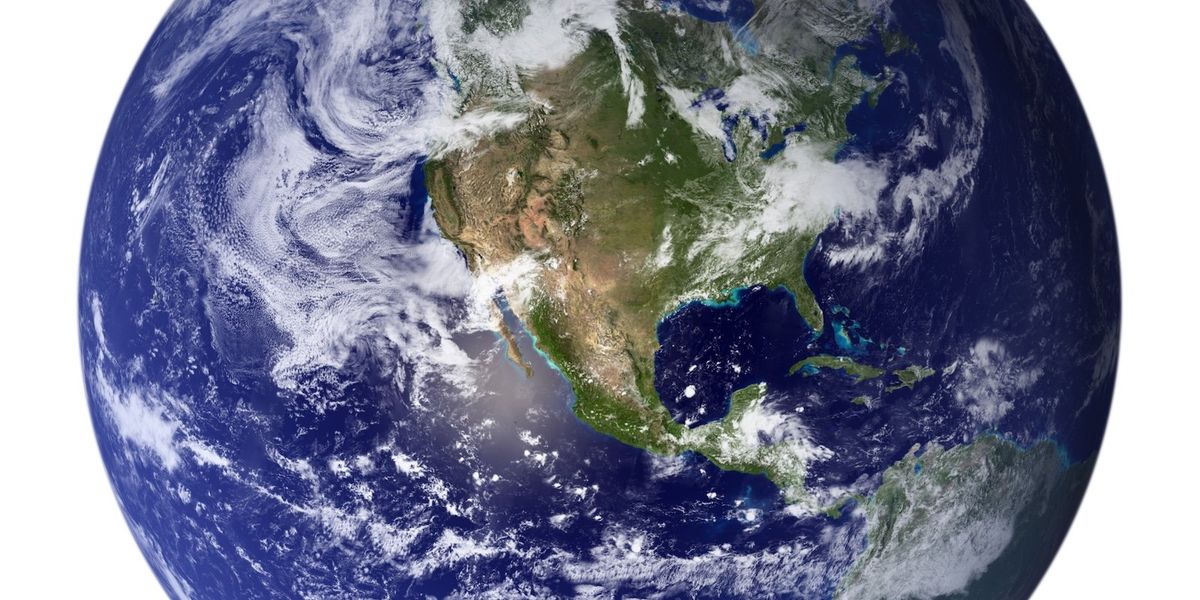nuclear waste
Engineers seek community consent for nuclear waste site
The world's first permanent repository for nuclear fuel waste will open this year on Olkiluoto Island, Finland, but convincing people to live nearby remains a challenge.
In short:
- The Onkalo repository, built 1,500 feet underground in Finland, will store spent nuclear fuel rods in copper and cast iron casks designed to last 100,000 years.
- The U.S. aims to triple its nuclear energy capacity by 2050 but lacks a long-term plan for nuclear waste, which is mostly stored in temporary facilities.
- Consent-based siting, which involves gaining community approval, is seen as essential for future waste storage projects in both the U.S. and Canada.
Key quote:
"The plan is that there will be no sign [of the facility]."
— Pasi Tuohimaa, communications manager for Posiva, the agency managing Finland’s nuclear waste
Why this matters:
Safely disposing of nuclear waste is crucial as nuclear power expands. Without effective long-term storage solutions, communities remain at risk, and the expansion of nuclear energy may face significant obstacles.
Climate change threatens to unearth US nuclear waste abroad
Rising sea levels and melting ice sheets may expose nuclear waste from U.S. projects in Greenland and the Marshall Islands, posing environmental and health risks.
In short:
- A Government Accountability Office report highlights the risk of climate change disturbing nuclear waste in Greenland and the Marshall Islands.
- The waste includes radioactive material and carcinogenic chemicals, potentially impacting local food chains and health.
- Disagreements persist between local governments and the U.S. Department of Energy regarding the handling and communication of these risks.
Key quote:
"The possibility to influence the environment is there, which could further affect the food chain and further affect the people living in the area as well."
— Hjalmar Dahl, president of Inuit Circumpolar Council Greenland
Why this matters:
Nuclear waste has left the Marshall Islands and parts of Greenland as environmental sacrifice zones. Peter Dykstra chronicled several such sites for EHN, noting how climate change-induced phenomena like sea level rise and permafrost melt are exacerbating risks to human health and the environment.New dashboard reveals uranium mine risks in New Mexico
A new online dashboard launched by New Mexico helps locals and officials understand the dangers of closed uranium mines and mills, highlighting ongoing health and environmental risks.
In short:
- New Mexico's history with uranium mining, crucial for its nuclear program, has left numerous abandoned sites posing ongoing risks.
- The interactive dashboard provides detailed information on these sites, including locations, historical operators, and regulatory actions.
- Aimed at a wide audience, the tool aims to simplify access to information and raise awareness about the legacy of uranium mining in the state.
Key quote:
"We want to make the information on former uranium mining sites in New Mexico as easy as possible to access."
— Miori Harms, uranium mining reclamation coordinator.
Why this matters:
This dashboard not only educates but also connects a local issue to broader national concerns about environmental remediation and public health.
Health risks from nuclear contamination in St. Louis denounced at congressional hearing
The United States should not expand nuclear energy use, at least until the federal government can make up for the harms caused by previous nuclear projects, U.S. Rep. Cori Bush of Missouri said at a congressional hearing in Washington, D.C., on Thursday.



















